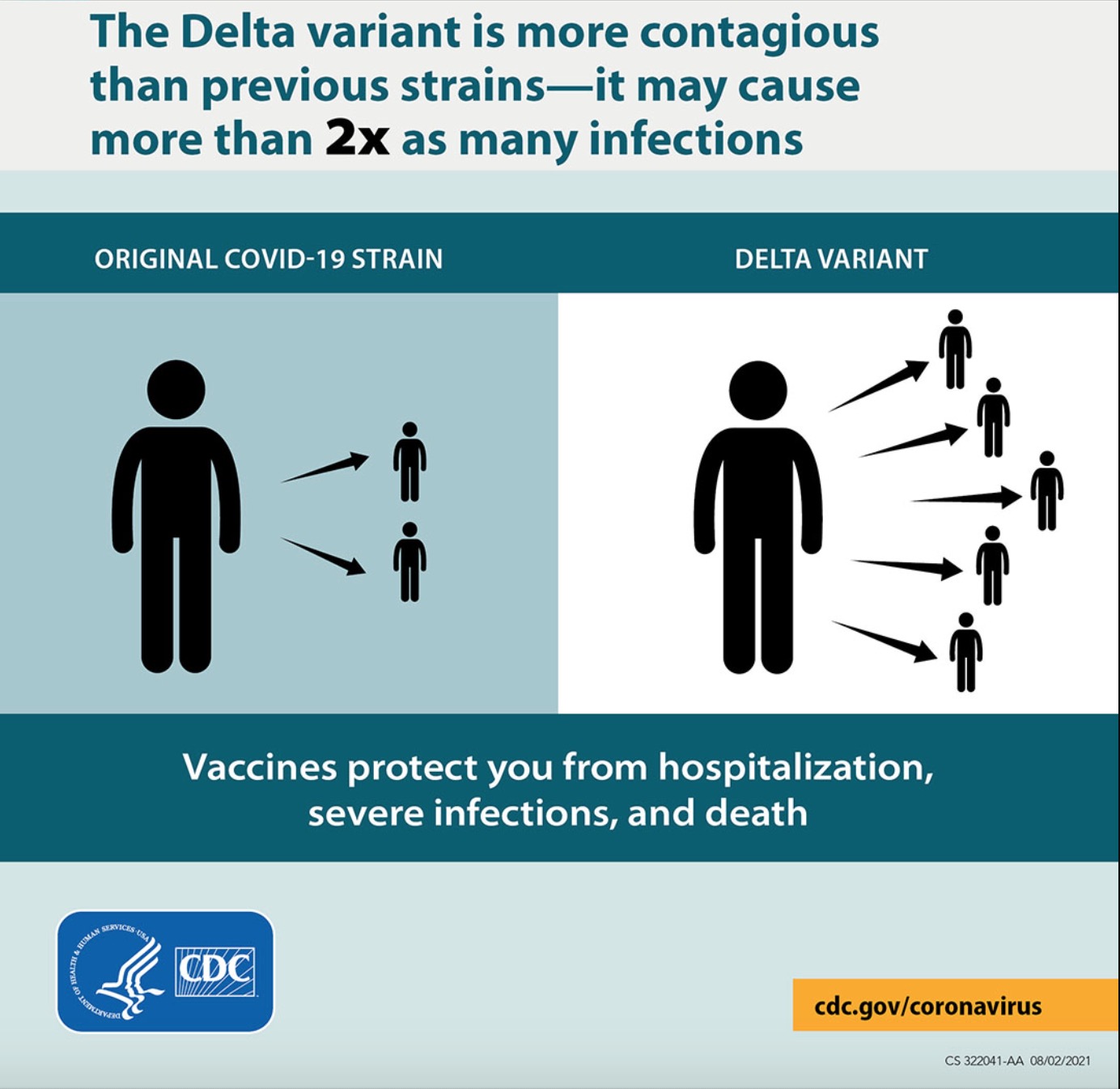Pandemic End Date
When Will The Covid Pandemic End? The recent deadly plague that swept through the globe and killed tens of thousands of people has also been caused by a newly-discovered type of flu virus-the movie pandemic. This is the strain of influenza that results in the high rate of death from the condition, known as P.M.S. or fully-new and untreated respiratory tract infection. A strain of this virus was responsible for causing the Black plague in England in the 13th century. It is believed that the strain which currently appears to be causing the current outbreak of pestering the United States and other Western countries is a strain ofcopelandic. While scientists are still not certain of the exact cause of this particular flu, they believe it is a strain of a virus that was recently introduced into North America. The virus that causes this particular strain of flu is thought to have originated in China where it was dubbed TCM-1. A strain of the virus has been identified in several locations in North America, Europe and Asia since the beginning of the latest pandemic. With each location adding a new name to the list of places where the virus is spreading, the question on when will the movie pandemic end becomes more pressing. Researchers have not found any symptom that can point to a link between the virus and the recent spike in P.M.S. Cases. However, they have identified a number of illnesses that could be linked to the virus. With all the recent cases of the virus, the concern is becoming how soon the next pandemic will occur and how will we prevent it from infecting more people. In order to better understand how long the next pandemic will last and how will we deal with it once it begins, it is necessary to understand what has caused the current outbreak. Unlike the seasonal flu or common cold, the current pandemic is caused by a virus. Unlike the flu or the common cold, the virus is genetically altered. Unlike the common cold or the seasonal flu, the virus is a mutation of a strain that was always in existence. Unlike the common cold or the flu, this particular strain has no known cure. When researchers look at how long the next pandemic will last and how will we deal with it once it begins, they come to two general conclusions. On one hand, they conclude that the virus will remain in the environment for as long as it takes us to realize the danger it represents. On the other hand, they also recognize that the virus will become immune to most antiviral drugs that are being used to treat it. Regardless of the answers to these questions, there is only one answer that should matter to all of us when it comes to the question, "When will the movie pandemic end?" If you have children in school today, you need to make sure that their vaccines are up-to-date. It's not just for their sake, but also for your sake and the other children's sake. Remember, if the pandemic is going to last a lot longer than we expect, it could cause severe health complications among those who do not receive the appropriate treatment.Vaccines.gov | FAQ | Pandemic Stats |
When will the
Covid Pandemic End?

We’re approaching the year-and-a-half mark of the globe’s collective experience with the SARS-CoV-2 virus and the Covid-19 pandemic it has triggered. At this point, it’s fair to assume people the world over are asking themselves the same two questions: How will this end? And when?
There may have been a fleeting chance humans could have halted spread of SARS-2 and driven it back into nature, as happened with its cousin, SARS-1. But that door was firmly shut long ago. It also seems that another option — vaccinating our way out of the pandemic — is an expensive toll highway that few countries will be able to access in the near term.
That probably sounds bleak, but don’t despair. The truth of the matter is that pandemics always end. And to date vaccines have never played a significant role in ending them. (That doesn’t mean vaccines aren’t playing a critical role this time. Far fewer people will die from Covid-19 because of them.)
But there were no flu vaccines in 1918, when the world didn’t yet know that the great influenza was caused by a virus, H1N1. In 1957, when the H2N2 pandemic swept the world, flu vaccine was mainly a tool of the military. In the pandemic of 1968, which brought us H3N2, the United States produced nearly 22 million doses of vaccine, but by the time it was ready the worst of the pandemic had passed, and demand subsided. That “too little and too late” phenomenon played out again in 2009, when the world finally had the capacity to make hundreds of millions of doses of H1N1 vaccine; some countries canceled large portions of their orders because they ended up not needing them.
We know a lot about Covid-19. Experts have many more questions
How did those pandemics end? The viruses didn’t go away; a descendent of the Spanish flu virus, the modern H1N1, circulates to this day, as does H3N2. Humans didn’t develop herd immunity to them, either. That’s a phenomenon by which a pathogen stops spreading because so many people are protected against it, because they’ve already been infected or vaccinated.
Instead, the viruses that caused these pandemics underwent a transition. Or more to the point, we did. Our immune systems learned enough about them to fend off the deadliest manifestations of infection, at least most of the time. Humans and viruses reached an immunological détente. Instead of causing tsunamis of devastating illness, over time the viruses came to trigger small surges of milder illness. Pandemic flu became seasonal flu.
The viruses became endemic.
If the pattern holds, and it is expected to, SARS-2 will at some point join a handful of human coronaviruses that cause colds, mainly in the winter, when conditions favor their transmission.
When will that happen? That’s the big, unanswerable question. “I thought that we’d be out of this acute phase already,” admitted Maria Van Kerkhove, the World Health Organization’s leading coronavirus expert. Van Kerkhove’s thinking, though, is influenced by her adamant view that the world could stop the pandemic if countries would only take the steps countries like New Zealand, Vietnam, and others have done, and bring transmission under control.
“There’s nothing — there’s nothing — including the virus variants, that suggests we couldn’t be out of the acute phase already,” she told STAT in a recent interview. “Because this is controllable.”
Experience from the last four pandemics — the ones mentioned above — would suggest that viruses morph from pandemic pathogens to endemic sources of disease within a year and a half or two of emerging. But all of those pandemics were influenza pandemics. A different pathogen could mean we’ll see a different pattern.
There may well have been previous coronavirus pandemics; there’s a school of thought that a pandemic in 1889, known in medical histories as “the Russian flu,” might actually have been caused by one of the human coronaviruses, OC43. All four of the human coronaviruses are assumed to have jumped to people from an animal species; OC43 is believed to have come from cattle, potentially in the late 1800s. But this is in the realm of theory, not conclusive fact, having occurred before the era of modern virology.
There’s no historical record of how much illness and how much severe illness those other coronaviruses caused when they started to infect humans or how long it took for them to settle into an endemic state. As such, the flu pandemics are the closest thing we have to road maps. “In recent history, everything has been influenza and the timeline has been within a couple of years,” said Jennie Lavine, a biology research fellow at Emory University who was the first author of a modeling paper published in Science that envisioned how the pandemic might end.
Cities where you can get a booster shot
COVID-19 and Delta Variant FAQ
Back to top
Pandemic Stats
Back to top
Pandemic End Date
650-965-1234
Cities We Serve
Mountain View,Los Altos,Palo Alto,Sunnyvale,Stanford,Cupertino,Santa Clara,Alviso,Menlo Park,Portola Valley,San Jose, Atherton,Saratoga,Newark,Redwood City,Campbell,Fremont,Milpitas,La Honda,Los Gatos,San Carlos,Loma Mar,Belmont,Union City,San Mateo,Boulder Creek,San Gregorio,Redwood Estates,Holy City,Sunol,Hayward,Pescadero,Half Moon Bay,Brookdale,Ben Lomond,Burlingame,San Lorenzo,New Almaden,Felton,San Leandro,Coyote,Scotts Valley,Mount Hamilton,Santa Cruz,Castro Valley,Pleasanton,El Granada,Millbrae,San Francisco,Mount Hermon,Davenport,Moss Beach,Dublin,San Bruno,Oakland,Montara,South San Francisco,Soquel,Alameda,Livermore,Pacifica,San Ramon,Brisbane,Daly City,Aptos,Capitola,Morgan Hill,Danville,Piedmont.Zip Codes We Serve
ZIP CODES
94040, 94039, 94042, 94041, 94023, 94024, 94043, 94035, 94306, 94088, 94022, 94086, 94087, 94085, 94304, 94089, 94302, 94309, 94305, 95015, 94301, 94303, 95051, 95014, 95002, 95054, 94026, 94028, 95129, 95052, 95055, 95056, 94025, 95050, 94027, 95134, 95117, 95053, 95071, 95130, 95070, 95128, 94560, 94061, 95009

Dr. Burch